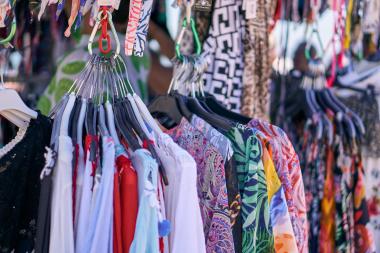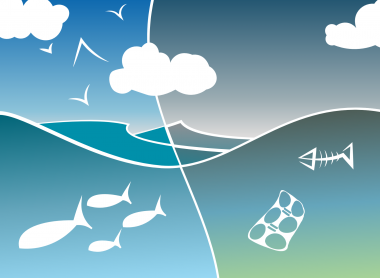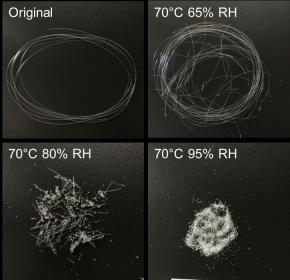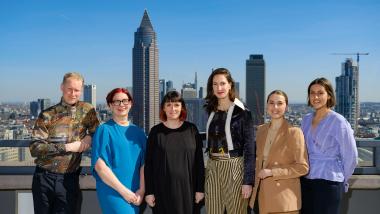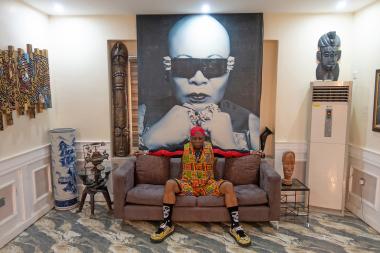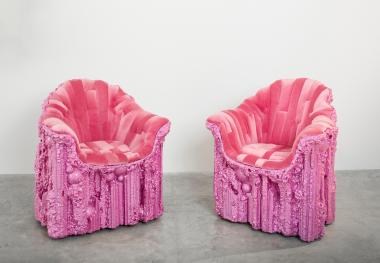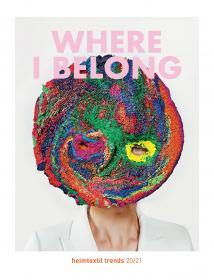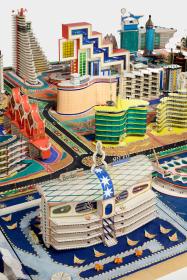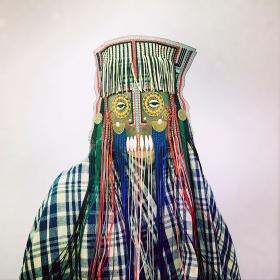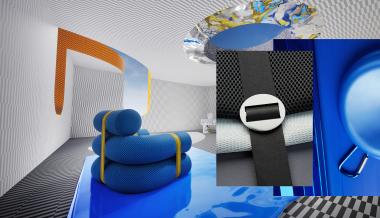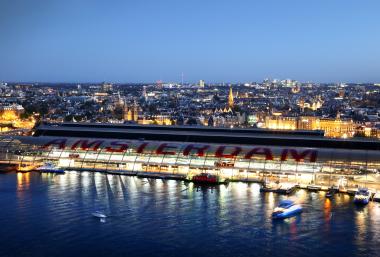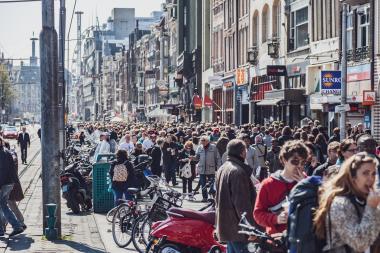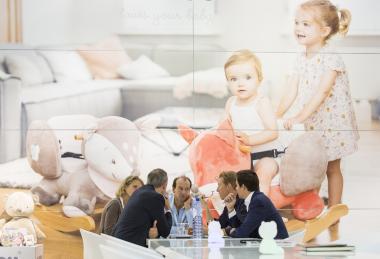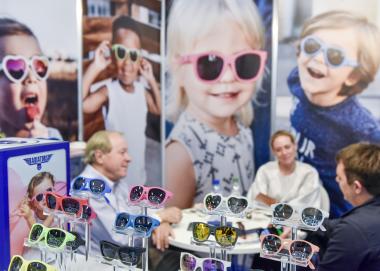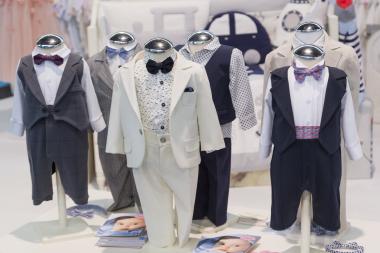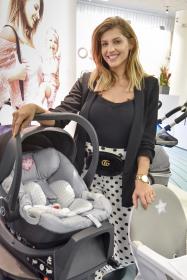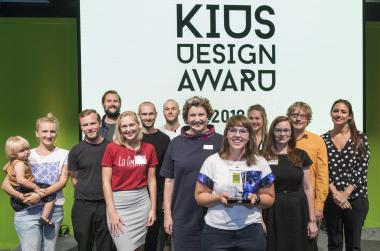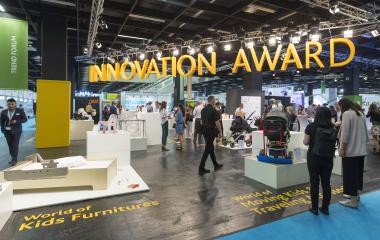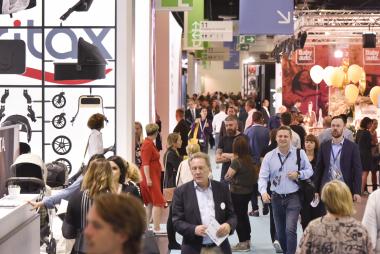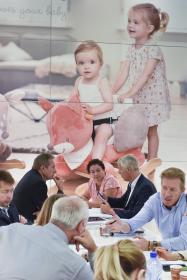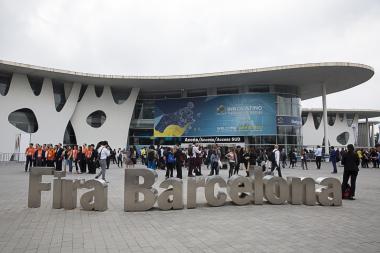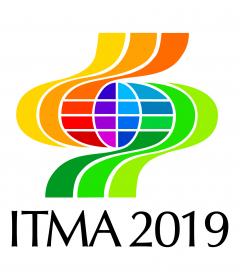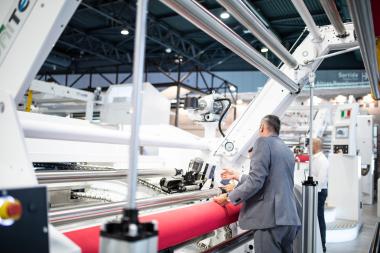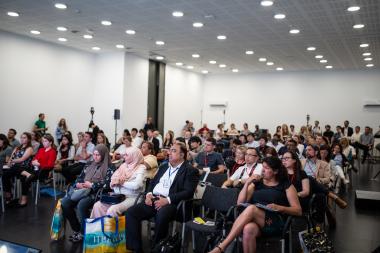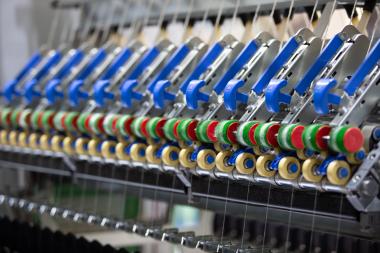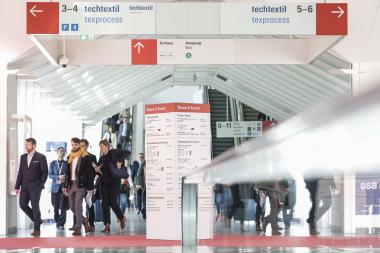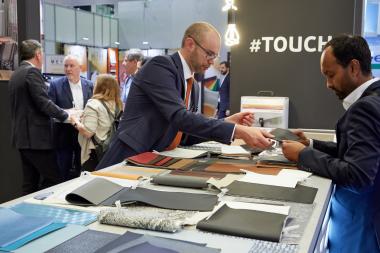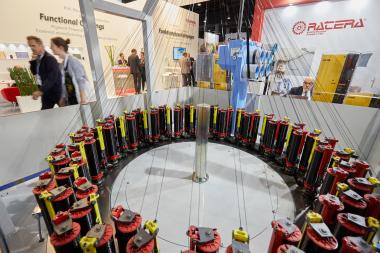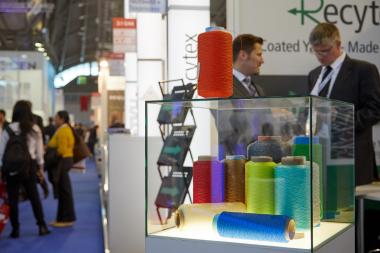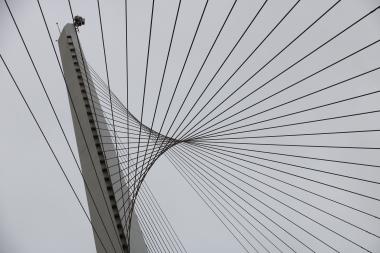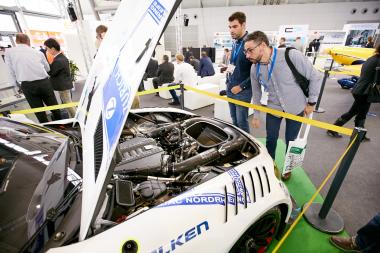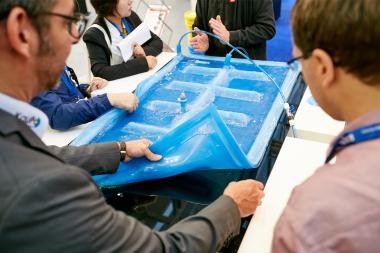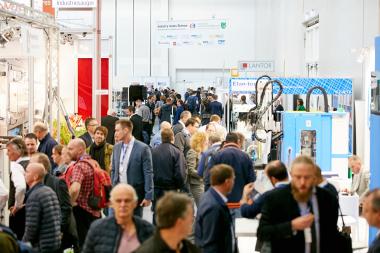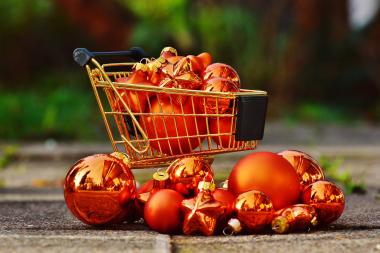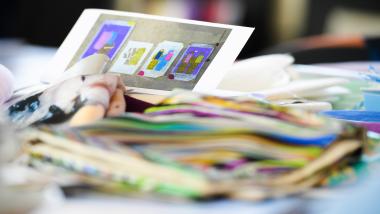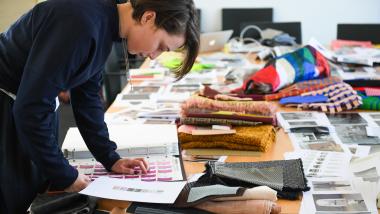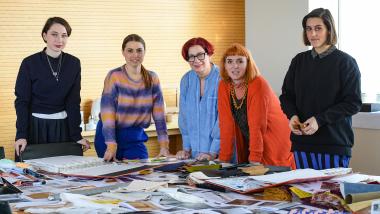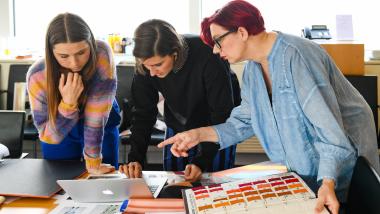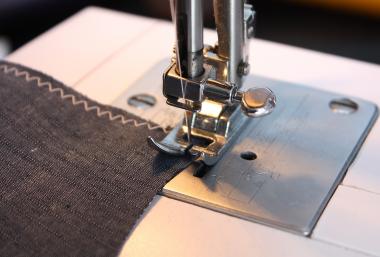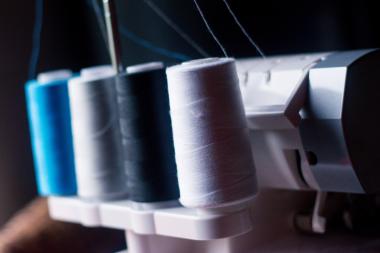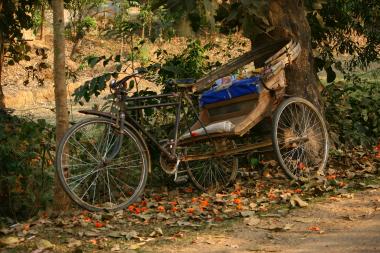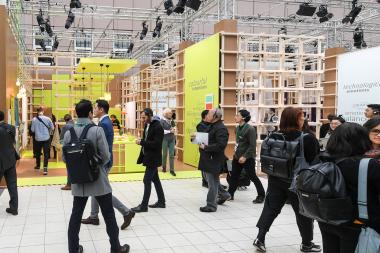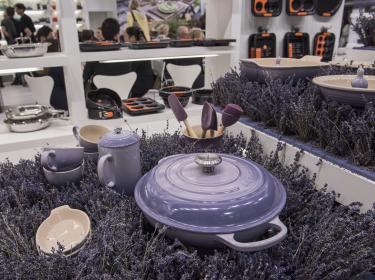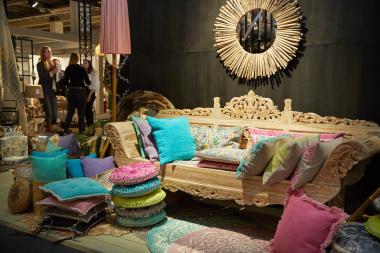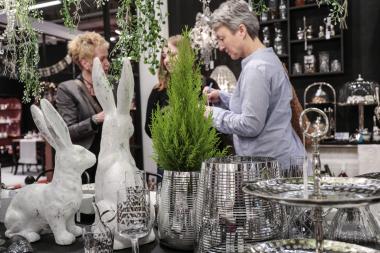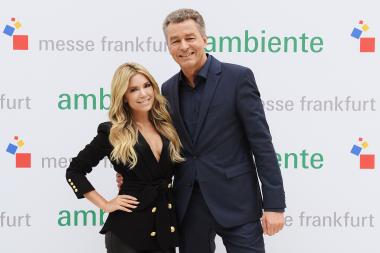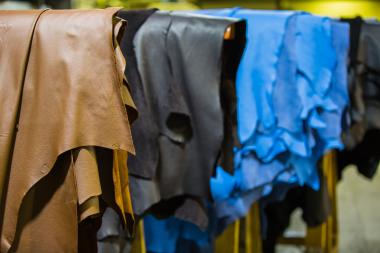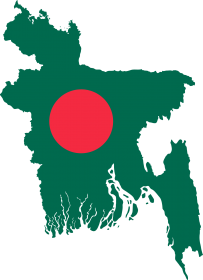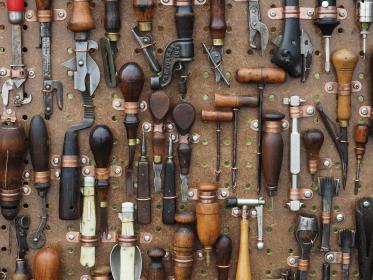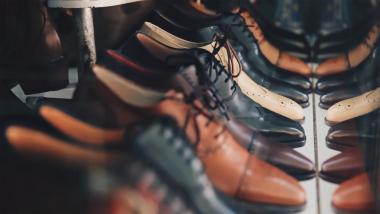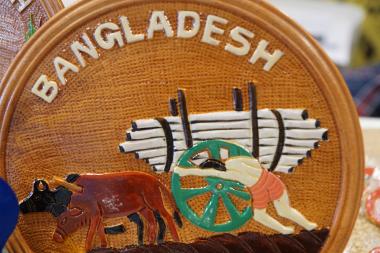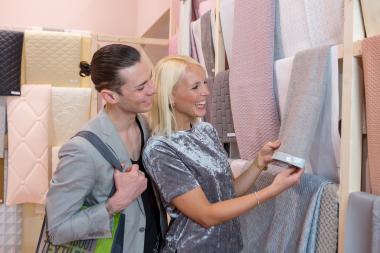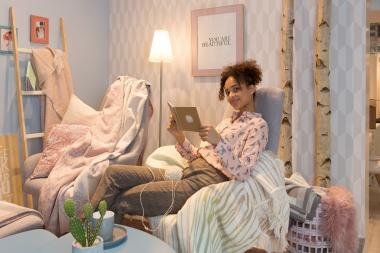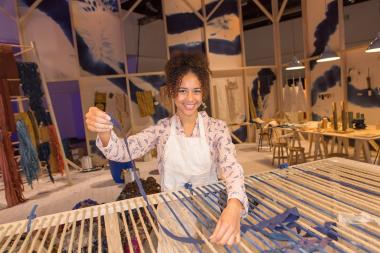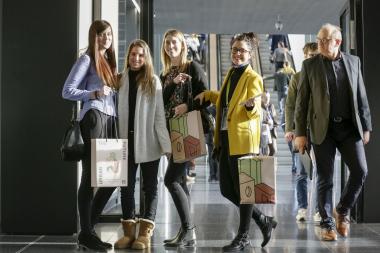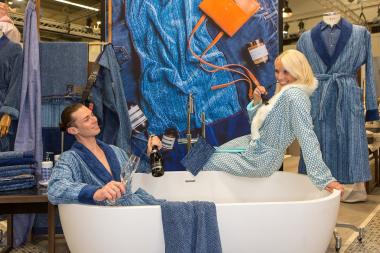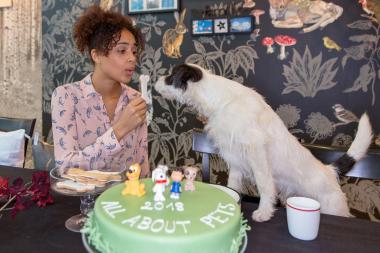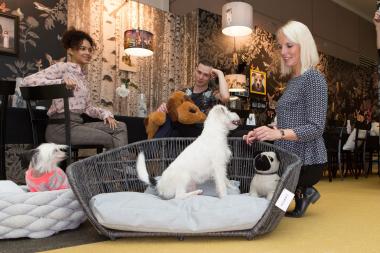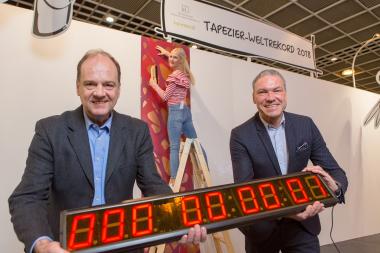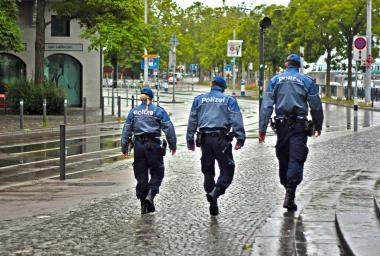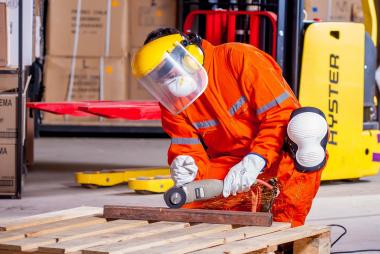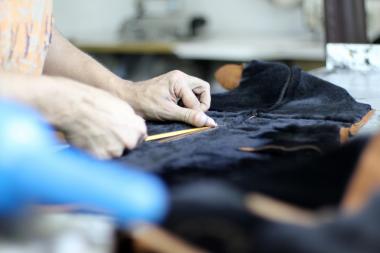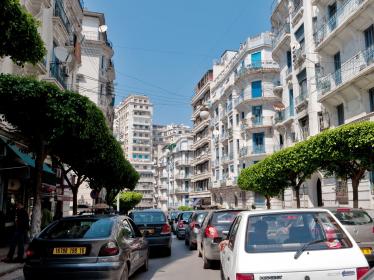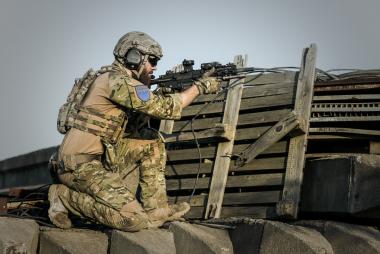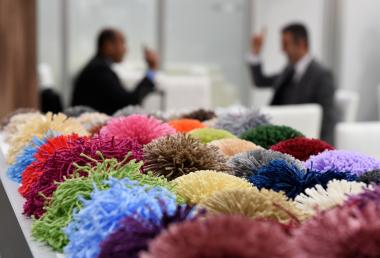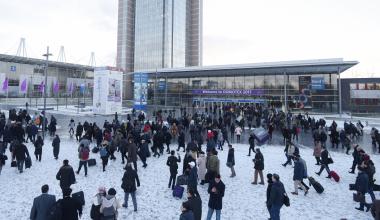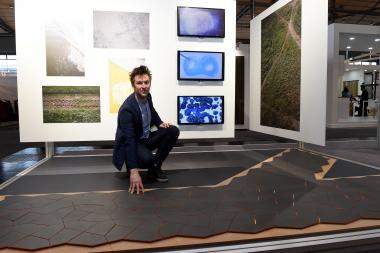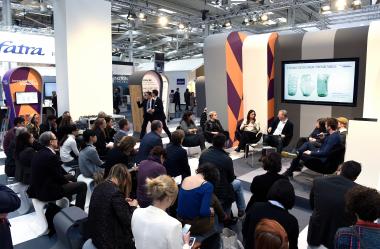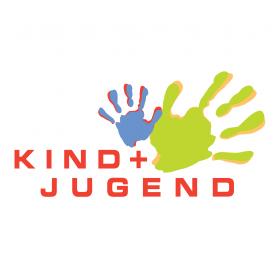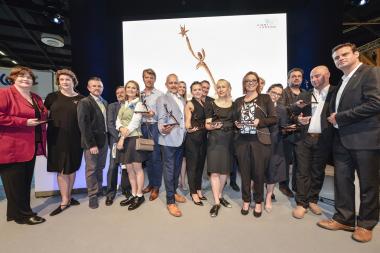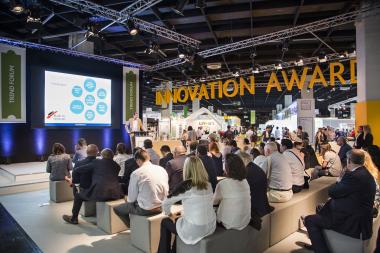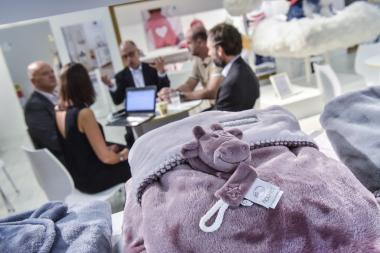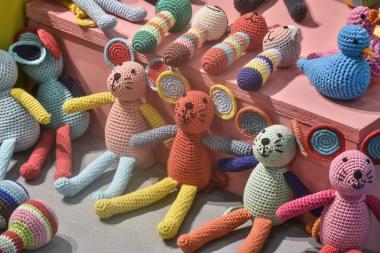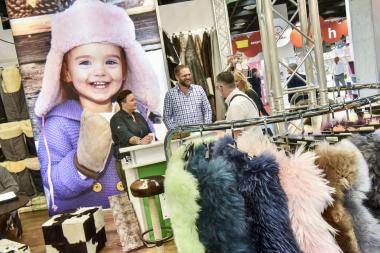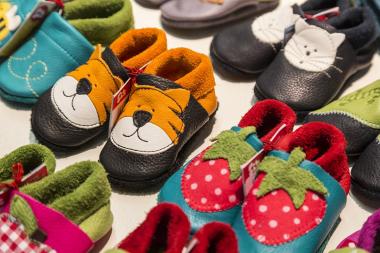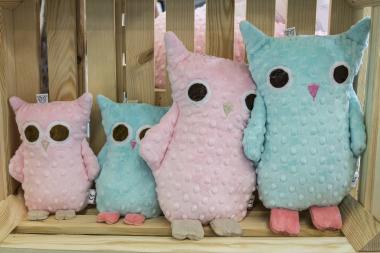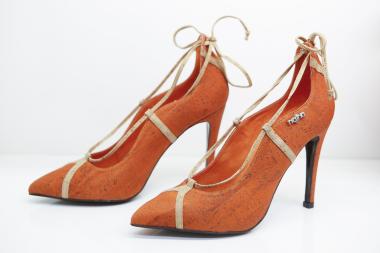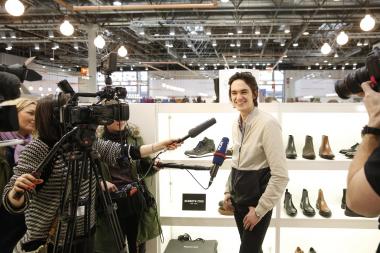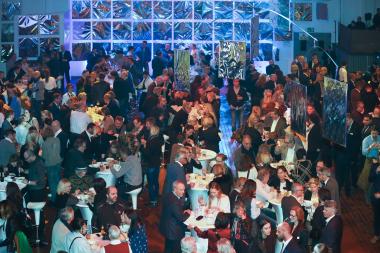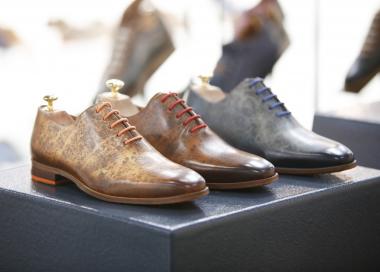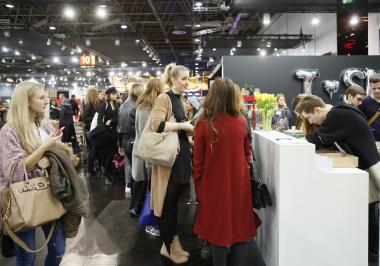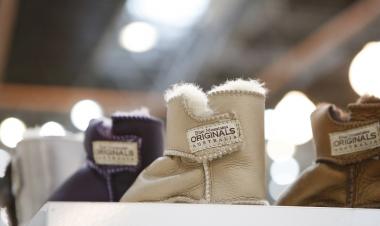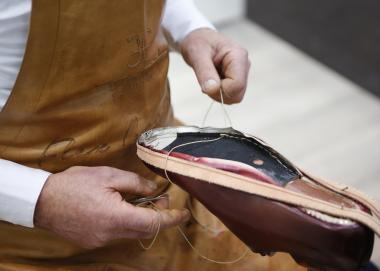Again more Chinese company takeovers in Europe
- Increase from 132 to 155 transactions - transaction value increases eightfold to 12.4 billion US dollars
- Number of Chinese acquisitions in Germany rises from 28 to 35
- UK most popular investment destination for Chinese companies followed by Germany
After the pandemic-related decline in Chinese company acquisitions in Europe in 2020, the number of transactions increased again in 2021: from 132 to 155. The transaction volume also increased: The value of investments and acquisitions has increased more than eightfold from $1.5 billion to $12.4 billion.
Chinese investors also appeared more frequently again in Germany: After only 28 transactions by Chinese companies were counted in 2020, there were 35 of such investments or acquisitions in 2021. The investment volume rose from USD 0.4 billion to USD 2.0 billion. This figure does not include venture capital investments in German startups totaling USD 1.9 billion in 2021, in which Chinese companies were active as part of international investor groups.
These are the findings of a study by the audit and consulting firm EY, which examines investments by Chinese companies in Germany and Europe.
"Chinese companies remain cautious about investing in Europe overall," observes Yi Sun, partner and head of China Business Services in the Europe West region at EY. "One contributing factor is still the pandemic, which continued to cause disruptions in 2021 - partly because of mitigation measures such as travel restrictions, strict quarantine rules for people traveling to China from abroad, and lockdowns both in Europe and in China itself. Most Chinese companies that have already acquired companies abroad have been more concerned with restructuring in Europe in recent years rather than expanding further - especially in the automotive supply and machinery sectors."
According to Sun, the now high hurdles for foreign investments, especially in certain critical industries, as well as increasing competition from financial investors with strong capital, also had a dampening effect. "Purchase prices on the M&A market have risen sharply recently - in some cases, the Chinese interested parties didn't want to go along with that. Listed Chinese companies in particular fear putting pressure on their own share price with expensive acquisitions," Sun said. "In addition, some of the potential takeover candidates own production facilities or R&D centers in the US. In such cases, they may fear rejection by the Committee on Foreign Investment in the U.S. (CFIUS) - and potential Chinese bidders may not even be invited."
Declining interest in industrial companies
Traditional industrial companies continue to account for the majority of deals - especially in Germany: 12 of the 35 transactions in Germany and 30 of the 155 transactions in Europe took place in the industrial sector.
However, their number is declining: In 2020, 36 industrial transactions were counted across Europe. "Chinese investors are still interested in European automotive suppliers or mechanical engineering companies - but now more in the subsectors of electromobility, autonomous driving and high-tech materials," says Sun.
However, Yi Sun identifies a significant increase in interest elsewhere: "Chinese private equity funds and venture capitalists are becoming increasingly active. In Germany in particular, there were some very large investments in startups last year in which Chinese investors were significantly involved. In addition to German engineering skills, e-commerce expertise is increasingly in demand."
High tech/software companies accounted for 27 transactions across Europe last year (previous year: 20). "We see an increased interest in game developers and software programmers, for example. Especially the most active Chinese investor last year, Tencent, has recently become heavily involved in this segment," observes Sun.
The number of acquisitions and investments in the healthcare sector also increased: from 16 to 26 transactions. "The healthcare sector - whether pharma, biotech or medical technology - is increasingly becoming one of the most important target sectors for Chinese companies because there is a lot of pent-up demand in this sector in China, especially in research and development."
Great Britain replaces Germany as top destination in Europe
Most transactions were recorded in the UK last year. With 36 acquisitions and investments, the UK is just ahead of Germany (35 transactions) and well ahead of the third-placed Netherlands (13).
In the previous year, the order at the top was reversed: in 2020, Germany with 28 transactions was ahead of the UK with 21 deals.
"To the extent that the interest of Chinese investors is moving away from classic industrial companies toward technology, software and media companies, the target market of Great Britain is gaining in importance," says Sun. However, she is convinced that Germany remains an attractive market for Chinese investors: "Many Chinese companies have had good experiences with their investments in Germany in particular. In addition, there are now close and resilient ties between China and Germany at many levels. We will see more Chinese transactions in Germany in the coming months - especially when the impact of the pandemic on the economy subsides," Sun expects.
The largest investment in Europe last year was the sale of Philips' home appliances division to Hong Kong-based investment firm Hillhouse Capital for $4.4 billion.
The second largest transaction was Tencent's acquisition of the British developer studio Sumo Digital for US$1.1 billion, followed by China International Marine Containers' takeover of the Danish reefer container manufacturer Maersk Container Industry for also US$1.1 billion.
Study Design:
- Sources: EY research, Thomson ONE, Merger Market, communications from the companies or consulting firms and law firms involved.
- Acquisitions and investments originating from companies headquartered in China and Hong Kong or their subsidiaries were examined.
- The target companies are headquartered in Europe and are operationally active.
- Pure real estate transactions were not included.
- The analysis also included transactions that had not yet been completed as of the reporting date of Feb. 17, 2022
Increasingly, Chinese investors are also participating in venture capital financing rounds, mostly as part of investor groups. In these cases, it is often not possible to determine the amount provided by the Chinese investor. Therefore, these transactions are included in the number of transactions but not in the total values.
Ernst & Young Global Limited (EYG)




